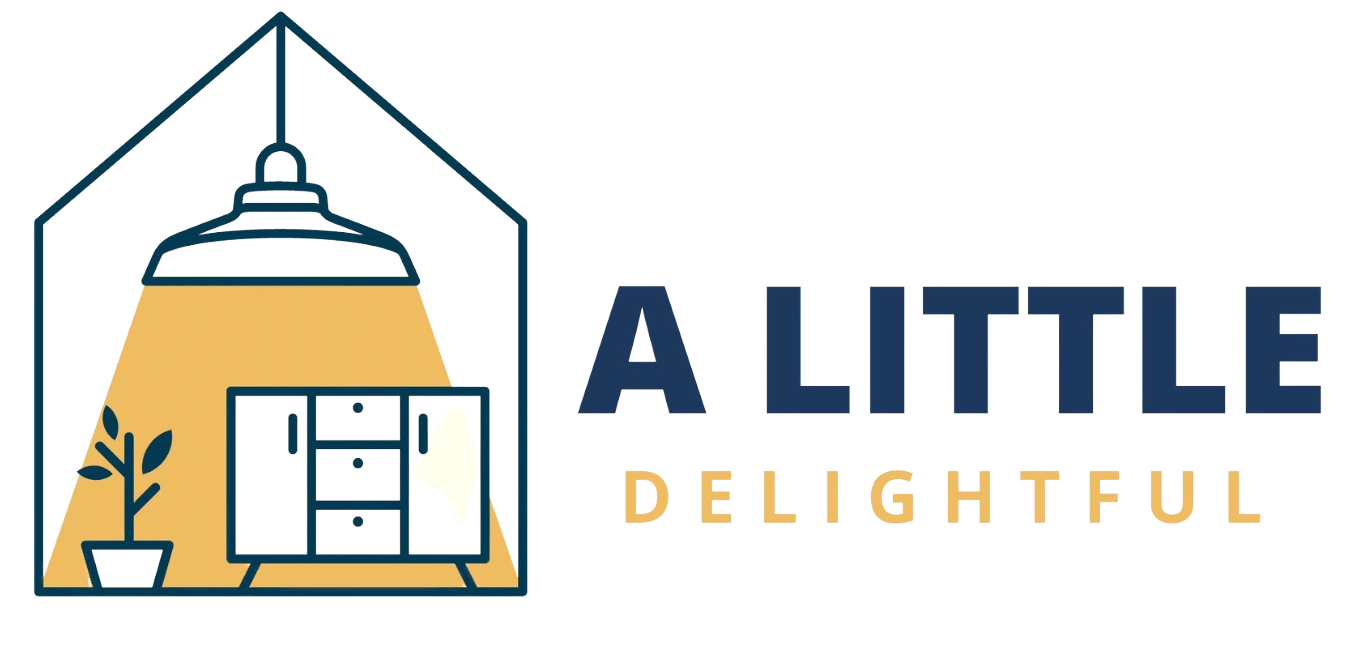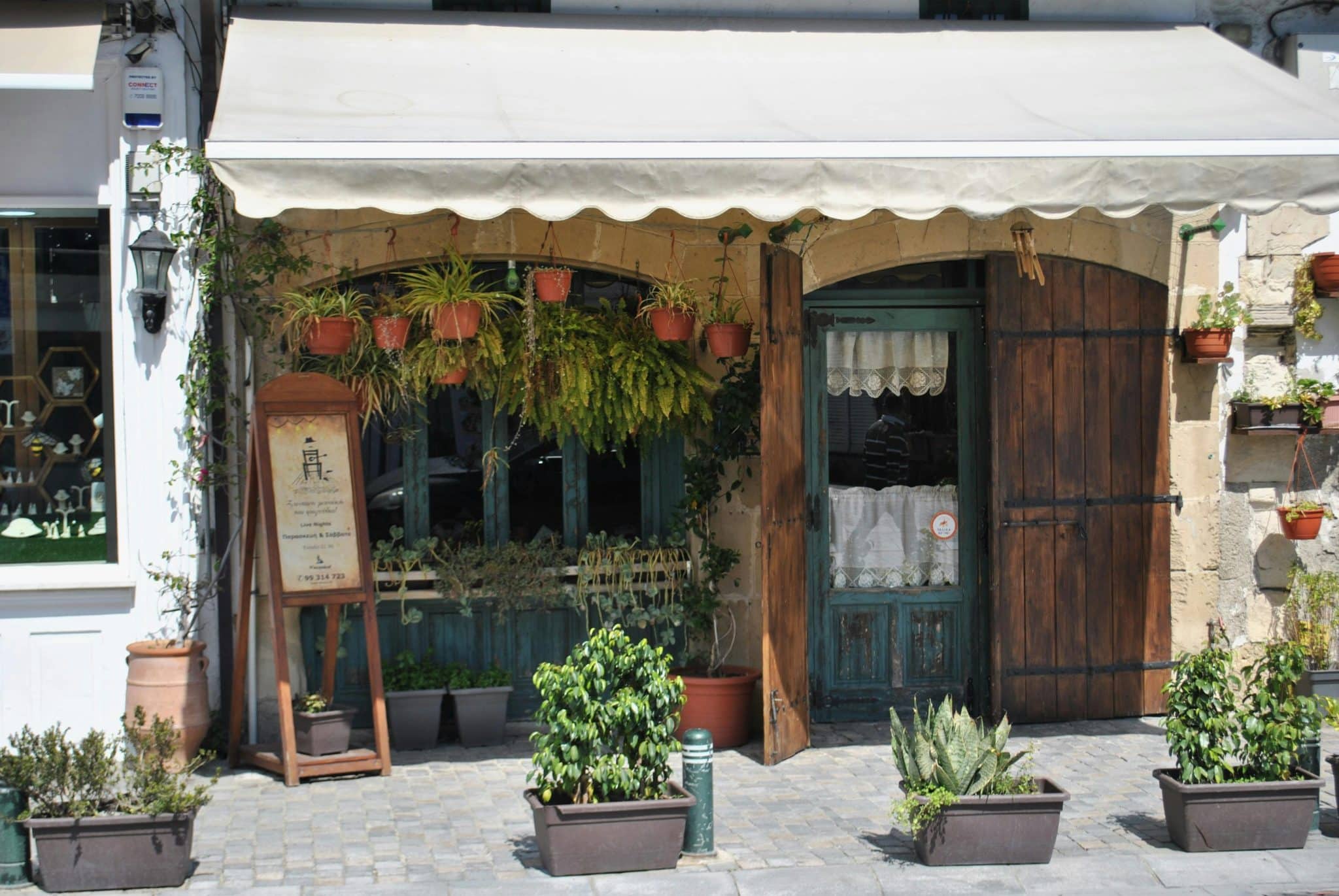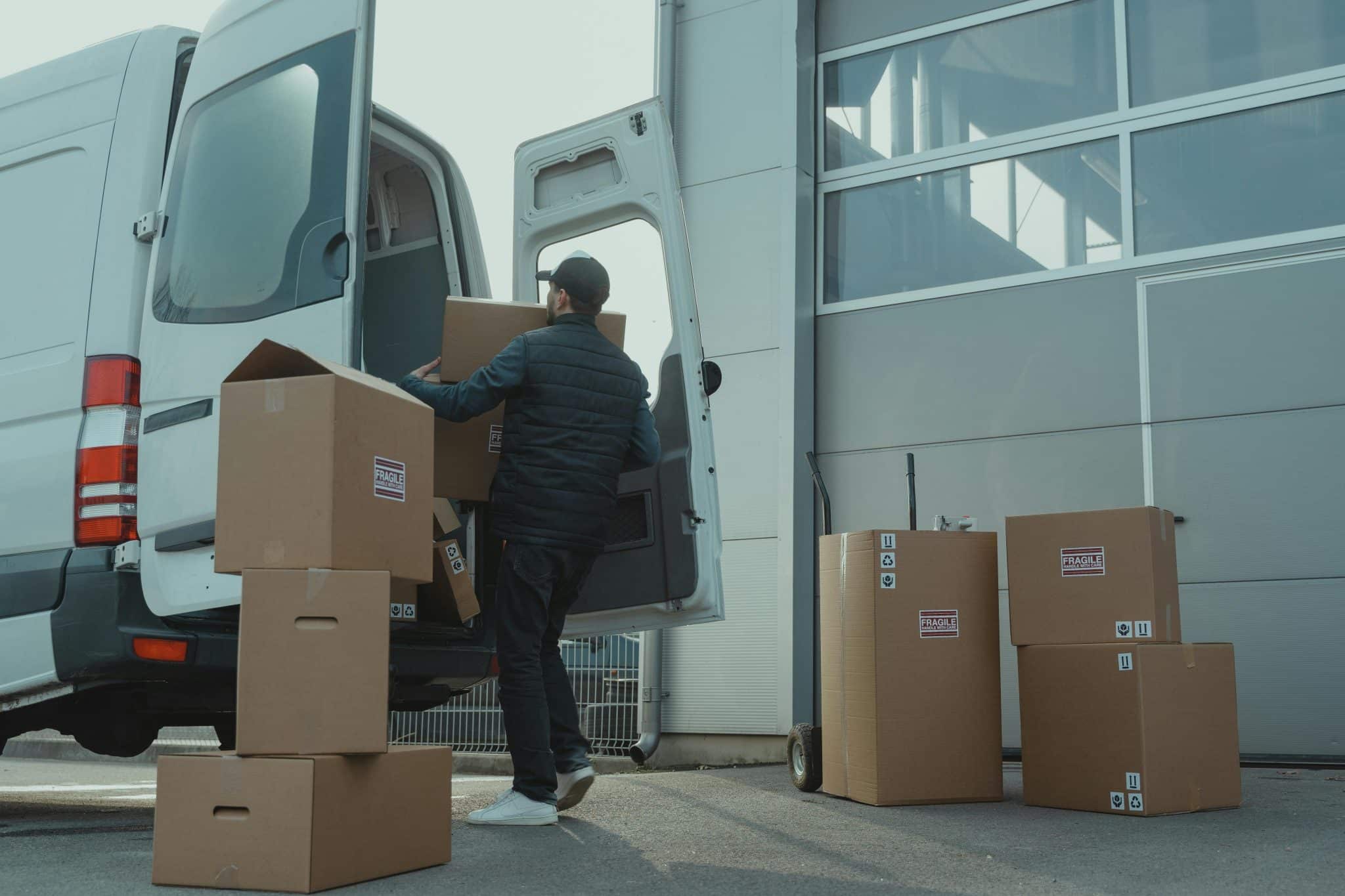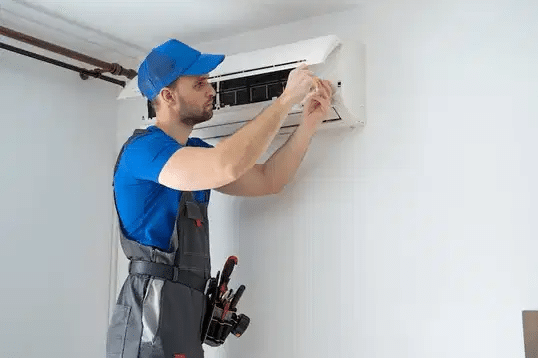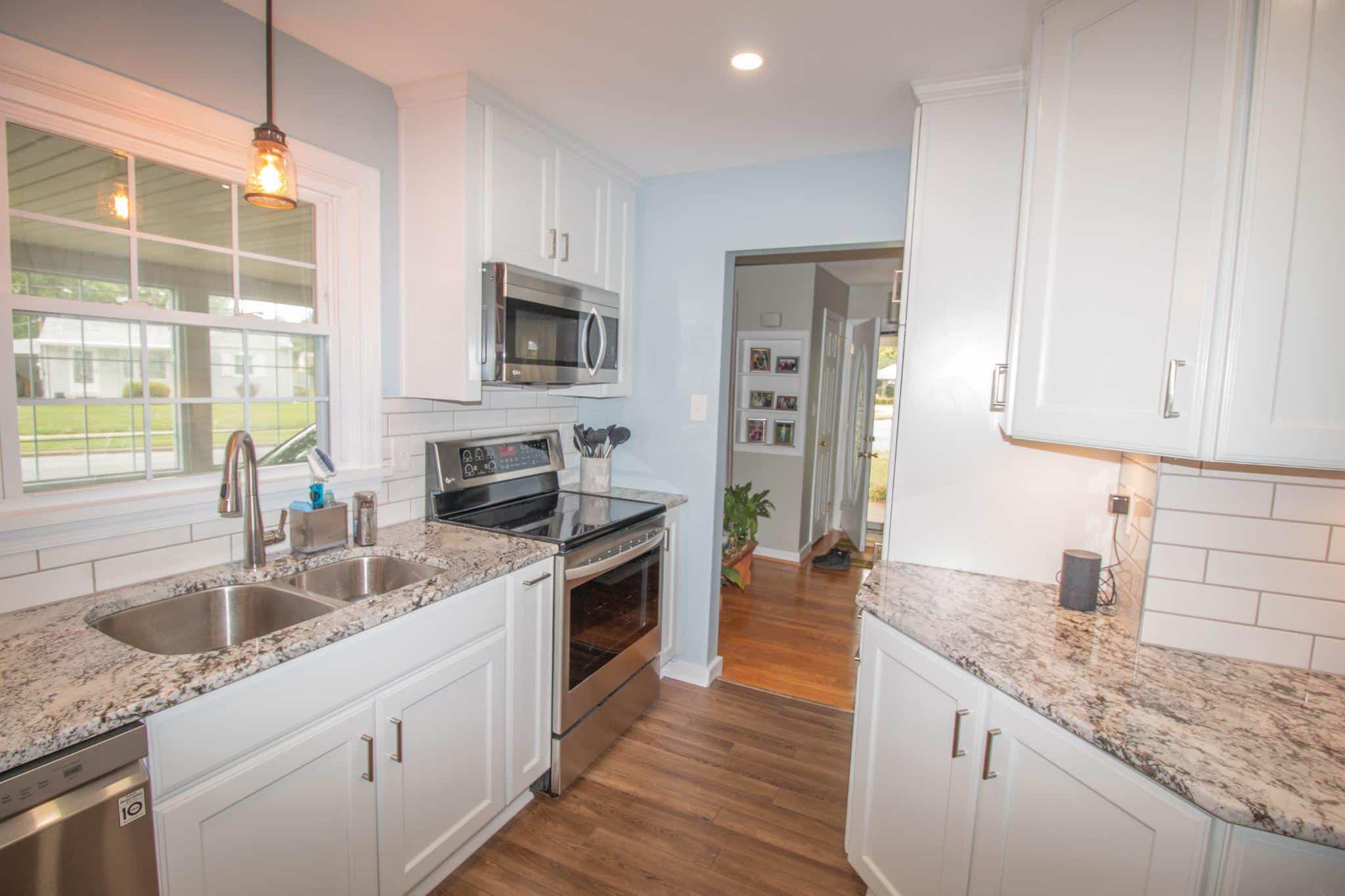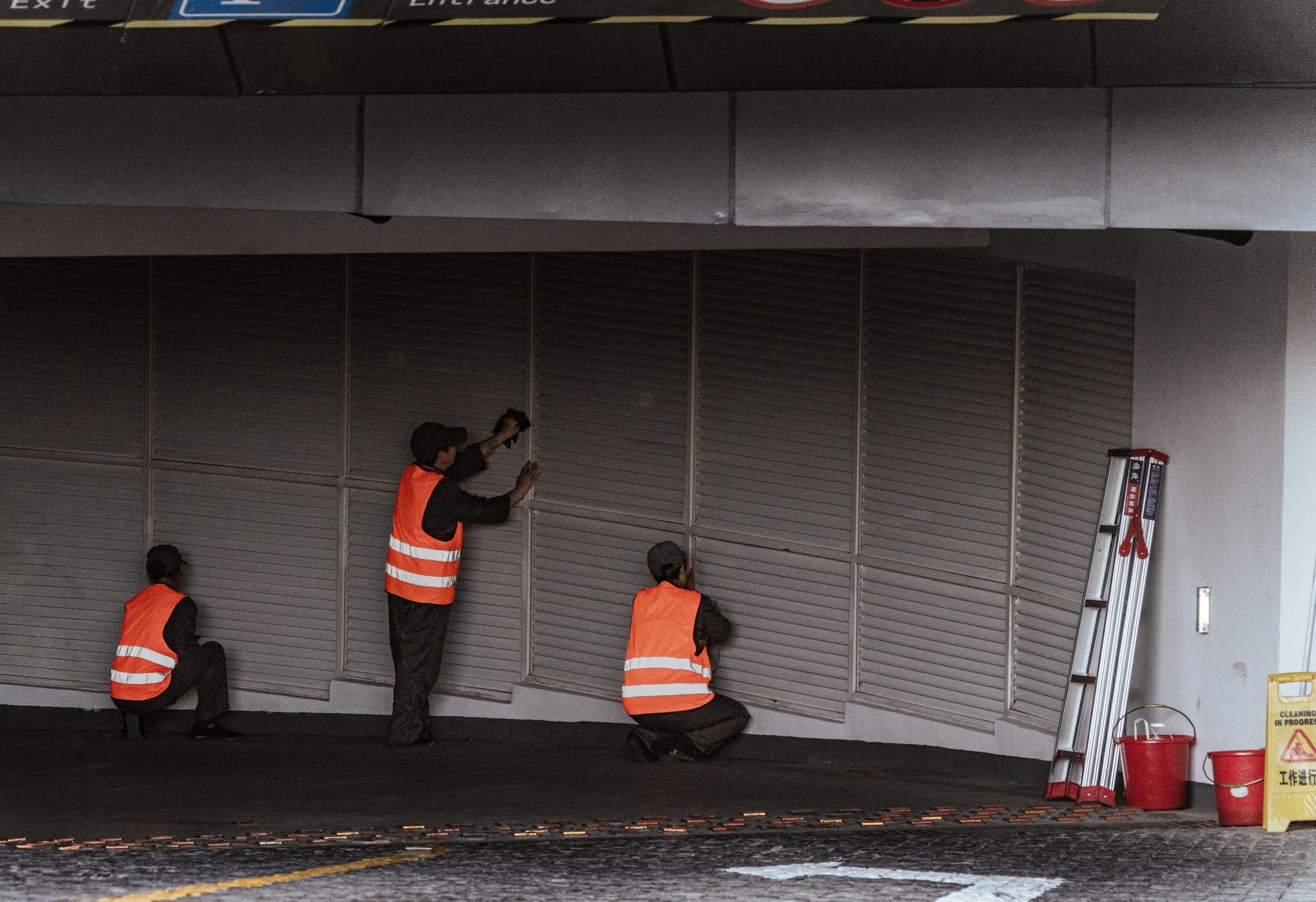Outdoor living continues growing in popularity as homeowners invest more in their backyards and patios, with retractable awnings ranking among the most popular upgrades for creating comfortable outdoor spaces. The convenience and energy savings make them attractive additions to homes across different climates.
Unfortunately, costs can creep up quickly without proper planning, especially when you start adding popular features or discover that your installation needs are more complex than expected. With new technology and 2025 pricing trends affecting the market, homeowners need a solid budgeting strategy.
Here’s a step-by-step approach to budgeting smartly for your awning project, including how to understand current retractable awning costs and plan for both expected and unexpected expenses throughout the process.
Understanding the 2025 Price Landscape
Inflation and ongoing supply chain adjustments have pushed awning prices up 15-25% compared to pre-2020 levels, with premium materials and motorized options seeing the largest increases. Basic manual awnings now start around $500-1,000, while motorized versions begin at $1,200-2,500.
Average national cost ranges for complete installations (including labor) run $1,500-4,000 for most residential projects, though complex installations or premium materials can push totals much higher. Regional variations remain significant, with coastal and urban markets typically 20-40% above national averages.
Popular features like smart home integration, LED lighting, and advanced sensors are raising baseline expectations and prices across all manufacturers. What used to be luxury options are becoming standard features that most homeowners expect, adding $300-800 to typical project costs.
Setting a Realistic Budget
Calculate your needs based on the actual space you want to shade, not just what looks good in photos or showrooms. Measure your patio or deck area carefully, considering both the width you want covered and how far the awning needs to project from the mounting surface.
Choosing between manual and motorized operation represents one of the biggest budget decisions, with motorized units adding $800-2,000 to project costs depending on features and installation complexity. Consider whether the convenience justifies the expense for your specific usage patterns and physical limitations.
Budget for both the product cost and professional installation from the beginning, since DIY installation usually voids warranties and can be dangerous if not done properly. Total installed costs typically run 40-60% higher than product-only pricing when you include labor, permits, and incidental expenses.
Planning for Extras and Upgrades
Wind sensors, integrated lighting, and premium fabric options can easily add 20-30% to your base price, turning a $2,000 project into $2,600 or more. These accessories enhance functionality but aren’t always necessary for basic shade provision, so prioritize based on your actual needs.
Optional accessories like decorative valances, upgraded remote controls, or smart home integration appeal to many buyers but should be considered carefully against your budget constraints. Some features can be added later, while others need to be included during initial installation.
Decide which upgrades provide genuine value for your lifestyle versus those that just look impressive in marketing materials. Focus spending on features that enhance durability, convenience, or energy savings rather than purely cosmetic enhancements that don’t improve performance.
Saving Money Without Sacrificing Quality
Seasonal discounts and off-season purchases can save 10-20% on both products and installation costs, with fall and winter typically offering the best deals as contractors seek to fill slower periods. Planning ahead allows you to take advantage of these savings opportunities.
Comparing multiple installers helps ensure competitive pricing while avoiding the lowest bidders who might cut corners on materials or workmanship. Get detailed quotes that include all costs upfront to prevent surprises during installation.
Mid-range product options often provide the best balance of quality and value, offering good durability and features without premium pricing for luxury elements you might not need. These choices typically last 10-12 years with proper maintenance while costing significantly less than top-tier options.
Conclusion
Smart budgeting for retractable awnings in 2025 requires understanding current market pricing, realistic cost expectations, and careful planning for both base requirements and desired upgrades. The key is balancing your outdoor living goals with available budget while avoiding surprises that can derail your project.
Knowing total retractable awning costs upfront, including installation, accessories, and ongoing maintenance, helps you make informed decisions about where to spend money for maximum value. This comprehensive approach prevents overspending while ensuring you get the performance and features that matter most.
Planning for base costs, potential extras, and long-term ownership expenses creates a realistic budget framework that helps you enjoy your new awning without financial stress. The most satisfied homeowners are those who plan thoroughly and choose options that align with both their needs and their budgets.
